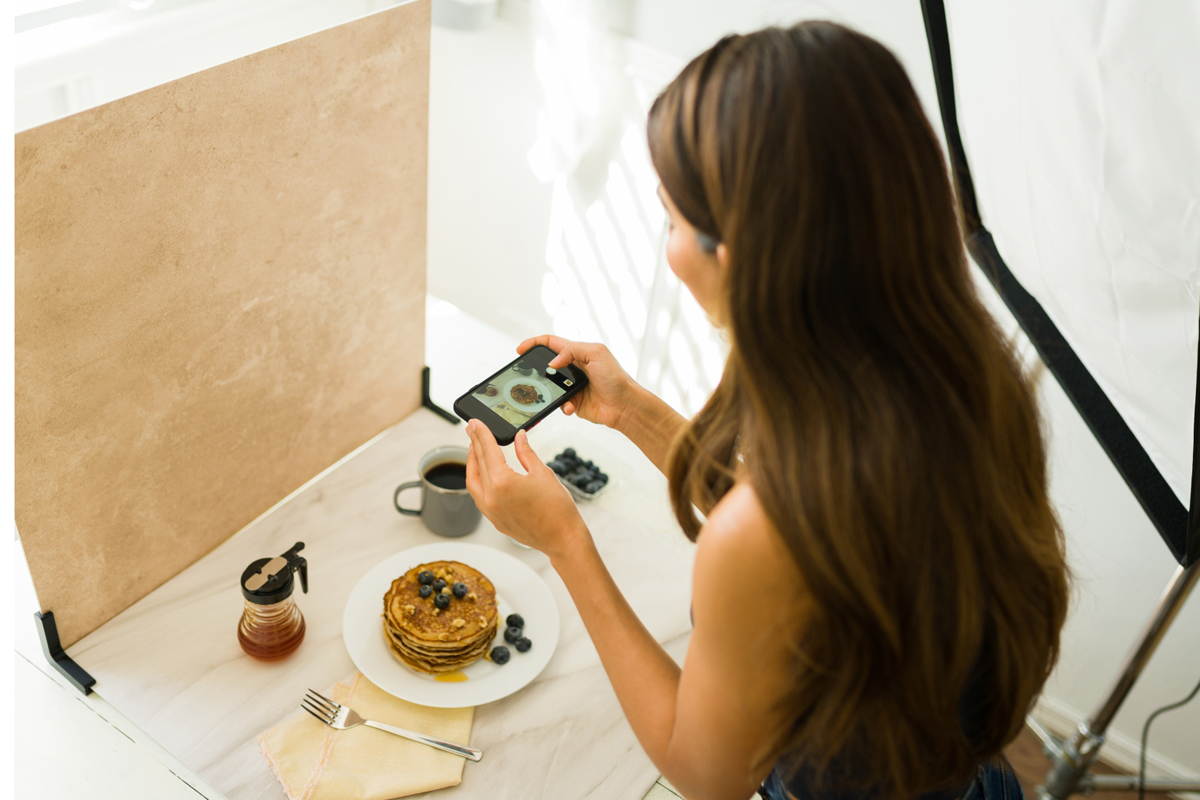
Boosting a social post can feel like the simplest way to “do ads,” but if you’ve ever hit the boost button and watched your money vanish with little to show for it, you’re not alone. For small businesses, the convenience of boosting posts on platforms like Facebook and Instagram can be both a blessing and a budget trap.
The key isn’t to avoid boosting altogether, it’s knowing when to boost, what to boost, and how to do it without wasting your budget.
When Boosting Makes Sense
Not every post deserves a paid push. Boosting works best when your content is already performing well and has a clear objective.
Here’s when it’s smart to boost:
1. You Have a Post With Organic Traction
If a post is already getting strong engagement (likes, comments, shares), it’s a signal that people find it interesting or useful. Boosting it can amplify that natural success.
2. You’re Promoting a Timely Offer or Event
Boosting makes sense for promotions, limited-time offers, seasonal services, or local events—especially when the goal is quick visibility among a specific audience.
3. You Want to Build Local Awareness
A well-crafted post about your brand, team, or services can help build trust when shown to the right people in your service area. Think: “Meet the team,” “Behind the scenes,” or “Here’s what we’re working on.”
When You Shouldn’t Boost a Post
- If the post has little or no organic engagement, boosting won’t fix it.
- If the post doesn’t have a clear CTA or value to the reader.
- If you’re trying to generate leads—boosting is often too shallow for that.
Instead, use full ad campaigns in Meta Ads Manager when you want more control, better targeting, and conversion tracking.
How to Boost a Post Strategically
If you’re going to hit that button, here’s how to do it right:
1. Define a Clear Goal
Are you trying to increase brand awareness, drive traffic to your site, promote an offer, or get messages? Your goal should shape the post and the targeting.
2. Use Custom Targeting
Avoid the default “people who like your page and their friends” option. Instead, define your own audience:
- Location (specific city or zip codes)
- Age and gender
- Interests relevant to your product/service
3. Set a Realistic Budget and Duration
Start small—$25–$50 over 3–5 days is enough to test performance. Watch the results and be ready to stop or scale up based on outcomes.
4. Link to Something Valuable
If your post leads to a blog article, landing page, or offer, make sure that destination is optimized for conversions, especially on mobile. A slow or unclear landing page wastes paid traffic fast.
5. Include a Strong Call to Action
Make sure your post has a clear next step. Whether it’s “Book Now,” “Learn More,” or “Send Us a Message,” a CTA gives viewers direction, and gives you something to measure.
Metrics That Matter
Once your post is boosted, don’t rely only on vanity metrics. Look beyond likes to:
- Click-through rate (CTR)
- Cost per result (CPC or CPM depending on your goal)
- Engagement vs. conversion rate
- Actions taken (e.g., messages, link clicks, page visits)
If you’re not getting action, reassess your content, targeting, or offer, not just the budget.
Boosting a social post can be a smart way to extend your reach, if the content is strong and your strategy is clear. But when it’s used as a shortcut for a real campaign, it often leads to poor results and wasted dollars.
If you want to grow your reach, build brand trust, or promote an offer without diving into full-scale ads, boosting a top-performing post is a smart place to start. Just remember: the “boost” is the tool, you still need the strategy behind it.
Need help identifying which posts to boost or how to build a smarter ad strategy?
Let’s talk about how to make every marketing dollar count.

